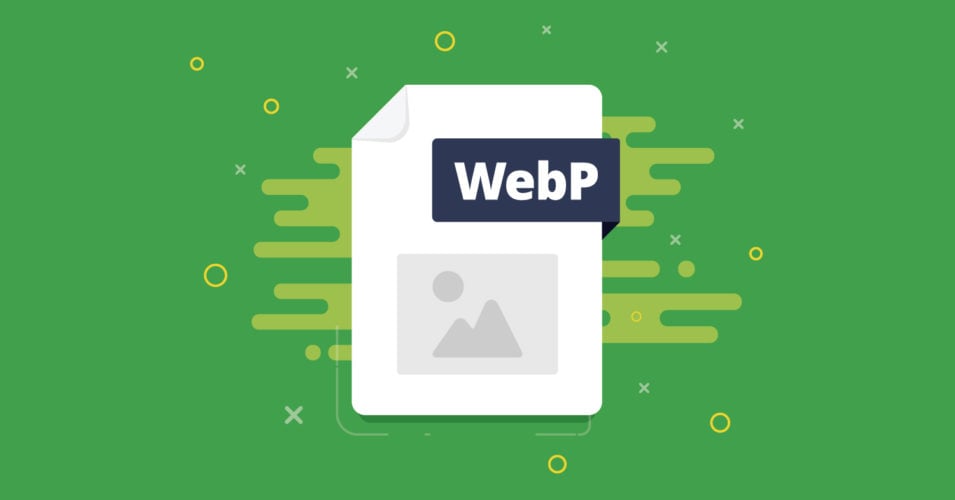As universal as JPEG, GIF, and PNG image files are on websites across the globe, the technologies that serve web content have been evolving and are becoming more refined. The tone over the past few years regarding Search Engine Optimization (SEO) performance has centered around a key notion – speed! The faster your website is at delivering the content you are serving, the more engagement you should notice with your visitors. This usually translates into better organic SEO performance, which has been publicly communicated by Google’s team.
Image assets make up a significant portion of web content. Now that people access websites from phones and tablets that can fit in our pockets, they expect content to be delivered as quickly as possible. So, the faster your site loads, the better it will perform. Images are usually attributed to a significant portion (if not the majority) of your page load size. Depending on how well your images are optimized, this can translate into faster page load speeds.
One way to optimize your website’s images is by utilizing WebP, a relatively new image format specifically designed for the purpose of creating smaller file sizes to improve page load speeds. WebP is a next-generation image format that can enhance the speed of your website and boost your Search Engine Optimization efforts.
What Are WebP Images?
Developed by Google in 2010, WebP is an image format that encodes images in a way that, when compared to JPGs, GIFs, or PNGs, significantly reduces image file sizes. A key component with any type of image compression is the quality of output. Whether you use “lossy” (a less accurate rendering of file data but a smaller file size) or “lossless” (a very accurate rendering but a larger file size) compression, the end results with WebP images are a high-quality rendition of the original.
You can convert almost any image file into WebP format and get extra features like alpha channel transparency and animation capabilities. You’ll see nearly the same image quality as you would in a JPEG or PNG, but in a file size between 20 and 40 percent smaller.
Many websites nowadays deliver images in WebP format. However, as an end-user, you would not be able to recognize any difference in the file type. Google Chrome, for example, displays YouTube thumbnails in WebP. Additionally, if you scroll through Facebook on an Android device, all of those images are also in WebP format. While Google Chrome was the first browser to support this next-gen image format, almost all modern browsers have jumped on board, with the exception of Safari and Internet Explorer.
How to Use WebP Images Now
You can take most image files on your website and use tools provided by Google and others to convert them into WebP lossy or lossless images. There are also plugins and services available to convert and deliver WebP images for WordPress users. However, the most efficient route to getting your site set up with WebP is to hire a professional web development team. The Zero Gravity Marketing team can help you determine how your current images are affecting your SEO performance, as well as how we can improve your site.
Ready to take advantage of the benefits of the WebP image format? Contact Zero Gravity Marketing today to speak to one of our web development experts!









